Fugu is an unusually exotic species of pufferfish, also known as a porcupinefish. This fish has a highly unusual body shape and can be seen in the waters surrounding Korea and Japan.
Adult fugu reach lengths of up to 19 3/4″ (50 cm) and can live approximately 5 years. If it senses danger, the fugu fish fills its stomach with water, becoming round in shape, to scare off its pursuer.
Fugu have numerous hidden spines which pop up when its body puffs out, becoming spiky and therefore quite difficult to swallow by predators. The internal organs and skin of the fish contain a lethal toxin.
In fact, the poison contained in just 1 fugu fish can cause the deaths of 30-40 people. Swallowing even very small amounts of the poison causes tickling and a slight tingling, lasting several seconds after ingestion.
If this sensation continues, death is imminent because there is no antivenom. The dangerous toxin in the fugu fish is an entire 1250 times more potent than cyanide. The toxin is classified as a tetrodotoxin and is found primarily in the liver, sex glands and skin of the fish.
The only way to save the life of someone poisoned by tetrodotoxin is to maintain heart and lung function until the effects of the dangerous substance subside. It is thought that if the victim survives the first day after consumption they'll be able to recover.
After everything listed so far, you're probably telling yourself that you'd never try such a fish and you may even be wondering who ever would... but you'd be wrong. The fugu fish is one of the famed dishes that Japanese cuisine is known for worldwide.
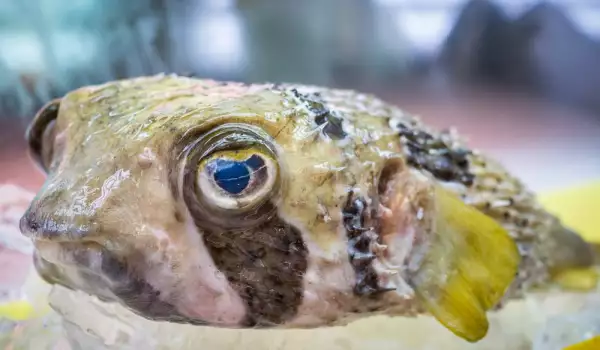
Only specially licensed chefs are allowed to prepare fugu fish - no exceptions. This leads to another interesting little detail - if a customer should die after eating a fugu fish, the chef is then obligated to commit harakiri (Japanese ritual suicide). Nowadays, police arrest the chef, although local traditions still require him to finish the leftover fish, in essence the equivalent of suicide.
The secret to the potent toxin lies in the eating habits of the fish itself. According to some Japanese scientists, the tetrodotoxin accumulates in its flesh because it eats shellfish and starfish, which are themselves toxic.
If the fish ate non-toxic food instead then it would not be dangerous to humans; and, the absence of toxins does not in any way affect its taste. Some entrepreneurial Japanese manufacturers are even farming non-toxic fugu fish but die-hard fans believe that it loses its charm and taste this way.
Statistics indicate that there are an estimated 70 000 licensed chefs in Japan, who can legally prepare fugu. In order to earn their license, a chef must possess a number of skills, among which are the ability to determine the toxicity levels in the different parts of the fish.
Training is highly intensive and the final test - exceptionally hard. The candidate fugu chef is required to clean and process the fish in front of a specialized committee, then prepare various dishes with it and finally - to eat them under the watchful eyes of the committee. Another remarkable little factoid - every person has the right to consume fugu fish under their own discretion, however, the Japanese emperor is officially prohibited from doing this.
Preparation of Fugu
As has been made clear so far, the processing of fugu fish is a highly complex and delicate process, which the life of the customer literally depends on. The fish undergoes a 30 stage process, the goal being to dilute the effects of the dangerous toxin to the maximum.
Besides negating the poisonous effects, the chef is required to form an aesthetically pleasing dish by slicing the fish paper-thin. This dish is called fugu sashimi and is an incredibly beautiful dish, almost like a painting, shaped like a butterfly, bird or landscape.
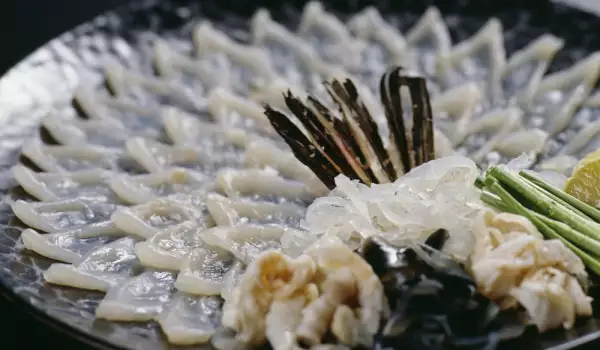
Fugu is eaten by dipping the super thin pieces in a special sauce with spices. Fugu fish can also be served as a broth, containing a raw egg and rice. Fugu can be eaten lightly fried too.
The taste of the fish is vaguely reminiscent of chicken with pleasant nuances of seafood. The consistency is similar to gelatin. Fugu fish is definitely remarkably tasting but the risks are quite real. According to the Tokyo Bureau of Social Welfare and Public Health, in the 10-year period between 1996 and 2006, there have been between 20 and 44 cases of poisoning with this fish.
However, a very tiny percentage of these occurred on restaurant property. The dangers involved with the fish have not stopped the Japanese from enjoying its taste - about 20 thousand tons of it are eaten annually.
Another peculiar fact is the price of the fish - in Tokyo restaurants it comes in at a fabulous $700 for just 1/4 sashimi with fugu.
But despite the risks and high price, the fugu fish is one of the most valued deadly delicacies offered by the culinary arts, taking one of the top spots among the world's most dangerous foods.
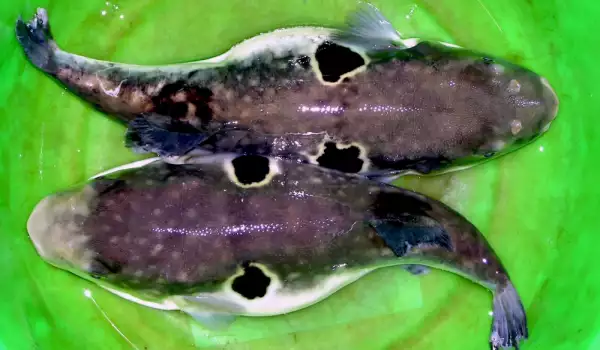


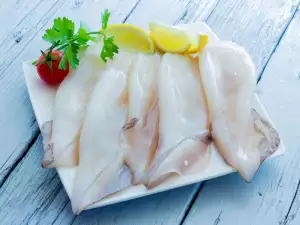
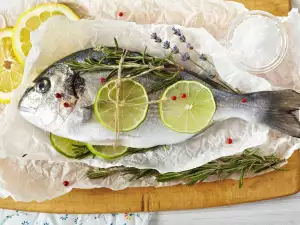


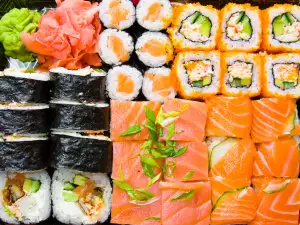
Comments